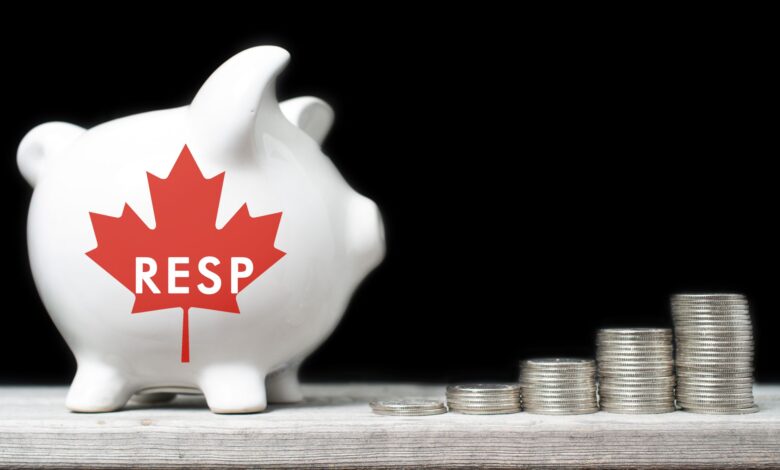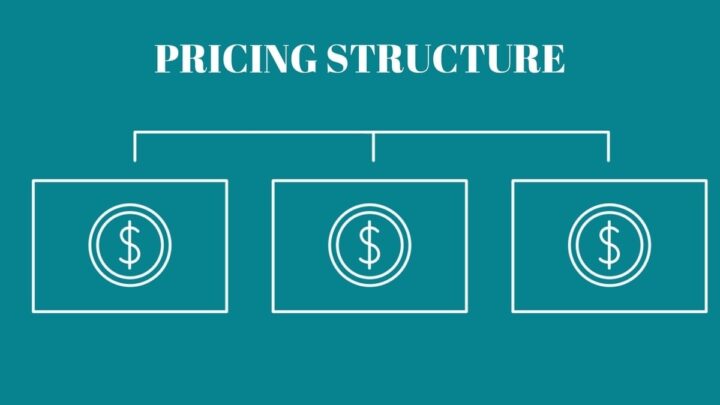
Canadians must concentrate on a number of financial and investment principles. Unfortunately, the volume of information available can be overwhelming and perplexing. With the high expense of post-secondary education in Canada, saving money for your children’s education is generally a top financial priority for individuals living here with their families. Investing in RESP can help you accumulate a sizable fund for your child’s future.
What Is an RESP?
A Registered Education Savings Plan (RESP) is a tax-deferred investment strategy that allows subscribers (often parents) to save efficiently for a beneficiary’s (typically a child’s) educational expenses. You don’t need a bank account to open an RESP.
An RESP is a registered education savings plan that enables you, your family, or your friends to invest early for a child’s post-secondary education. Banks and credit unions, professional financial advisers, and scholarship plan dealers offer RESP options.
Through an RESP, a child may get eligible to earn government-funded education savings incentives, including:
- Canada Learning Bond
- Grant-in-Aid for Post-Secondary Education in Canada and
- A provincial savings incentive for schooling (where applicable)
How to choose the best RESP plan for your family?

Here are a few things you should consider while choosing an RESP plan:
The type of RESPs
There are three types of plans:
Individual RESP
If you want to set up a plan for one person, you can do so with an Individual RESP. Anyone can open an account, but only one person may use the funds.
Family RESP
You can choose more than one person as the beneficiary of a family RESP. All beneficiaries, however, must be associated with the account holder. Large families will benefit from these accounts. Your kids, nephews, nieces, and other relatives can all join a family RESP.
Group RESP
Multiple persons can open a group RESP account simultaneously. However, only one beneficiary is permitted. The whole family members can contribute to a group RESP for a single child.
Since every family is unique, RESPs that are flexible enough to accommodate these changes are advantageous. Find a business that can assist you in developing a plan that meets your requirements.
An RESP provides a great deal of flexibility. A parent, cousin, relative, or acquaintance may open it. However, both the account holder and the beneficiary must be Canadian citizens.
Pricing structures

Choosing the best RESP service in Canada requires some research into their price structures. Be suspicious of those who advertise ‘fee-free’ RESPs, which is highly unlikely. Even when no fee is charged directly, some providers distribute reduced returns to compensate for their costs.
If you can’t locate anything on their website, don’t hesitate to contact them.
Annual account maintenance costs and a one-time sales fee are standard components of plan expenses. The amount depends on the service plan you choose. When investing in mutual funds, you would have to shell out the management expense ratio (MER). Portfolio management fees, audit and legal costs, and fund valuation expenses are all included in this fee.
RESP withdrawal
Withdrawals can be made only by the person who established the account (for example, a parent). They are referred to as subscribers.
Their Post-Secondary Education Payments can go to the subscriber or the recipient. However, only the beneficiary can get government assistance (Education Assistance Payments).
During the first thirteen weeks of school, you can withdraw up to $5,000 in EAP. After that, you can withdraw any amount you choose.
Automated payments from your savings account and annual statements are available from several providers. Then, when the moment arrives for your child to begin post-secondary school, you can contact the program and either withdraw your funds or get four installments of Education Assistance Payments (EAPs).
Opportunities for government grants

You should be able to get some of the highest government grants in Canada if you use a reliable RESP provider. Government grants provide you with additional funds to contribute to your child’s post-secondary education. In addition, huge sums can be put to their fund tax-free over the plan’s lifespan, allowing them to pursue their career aspirations.
The area you live in might also significantly impact the kind of grants you are eligible to obtain. It will match 20% of the first $2,500 you donate to your child’s RESP, up to a maximum of $500 per year or $7,200 over the plan’s duration. In addition, your RESP providers will assist you in applying for provincial and federal funds.
Savings Grants for Training and Education in British Columbia include:
- CESG
- CLB
- QESI
- Additional QESI
- SAGES
What are the advantages of RESP?

RESPs have several advantages, including the following:
You gain from tax advantages
RESPs are tax-advantaged platforms for education saving. So, your fund will grow tax-free. Withdrawals are also tax-free. It is, however, the responsibility of the student/child to pay the tax on the investment earnings. Since the child’s income would be so minimal at the time, taxes aren’t as high as they might be.
The government provides you with additional funds
Regardless of your contributions, the government rewards you. There’s nothing to lose, and the extra cash can help pay for a child’s college education.
Your total financial load decreases
In Canada, higher education expenses are increasing. Saving consistently over time allows you to earn a significant amount. This alleviates your tension and provides an opportunity for your children to develop.
You can spend the funds in various ways
As long as you are enrolled full-time or part-time in an academic program of study, you are eligible for financial assistance.
Your money increases in value over time
In addition to tax advantages, RESPs offer the potential for investment growth. Contributions build over time and provide a higher rate of return than many other regular savings options.
Endnote

Choosing the appropriate RESP provider doesn’t have to be complicated. When your child is young, research the various options online and thoroughly read their contents. If they meet all of the requirements listed, you may rest assured that you’ve chosen the perfect decision.
A personal savings plan may be sufficient for parents with one child. On the other hand, multi-child households may benefit from a more flexible family savings plan. Before signing up with your preferred provider, make sure they offer the plan that best suits your family.
